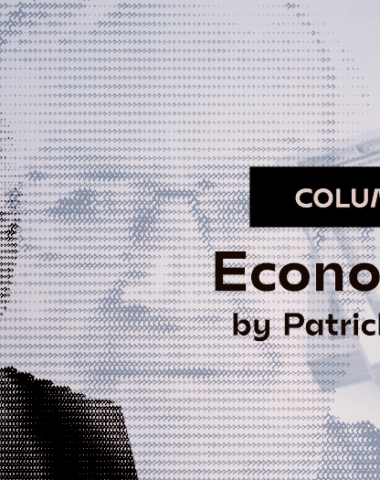Mobility: a solution to inequality?
A large portion of the world’s population has been lifted out of poverty by the combined effect of advancements in knowledge, and the growth and globalisation of trade. According to the World Bank, in 1981 close to 40% of the world’s population was living under the poverty line (on less than a dollar a day). By 2008, this figure had fallen to 14%. While in 1988, 40% of India’s urban population was living in poverty, the number dropped to 12% just eleven years later, due to rapid growth, with the average annual growth rate rising from 0.77% in the 1970s to 3.9% in the 1980s.
The global reduction in inequality is not only a matter of income, but also health. Between 1940 and 1980, the average life expectancy in developing countries rose by nearly 20 years, from 44.5 to 64.3 years of age. In developed countries, this figure rose by just nine years over the same period.
Since the early 1980s, rapid economic growth in China and India has enabled over two billion people to escape poverty. At the same time, this growth has generated new inequalities between these countries and other economies, particularly those in African states, which have not experienced the same growth. Lastly, growth in India and China has increased internal inequalities: only limited sections of the Indian and Chinese populations have become prosperous, or rich, even though poverty rates have dropped sharply in both countries since the 1970s.
The same phenomenon of growing “intra-country” inequality can also be observed in other countries. In the Western world, there are those who have innovated and adapted to best take advantage of technological revolutions (ITC, AI, etc.), and those who have been left behind. Should we be concerned about rising inequalities within our borders?
Growth in India and China has increased internal inequalities in these countries.
Fighting poverty and increasing social mobility
Inequality can be measured in several ways. We could look at the top richest 1% within a country’s income; at a more global measure of inequality, such as the Gini coefficient, which measures the distance from perfect equality for the entire population; or at social mobility measures and the poverty traps that hinder social mobility.
In my view, if we want to encourage growth through innovation while limiting inequality, we must fight poverty and increase social mobility. Interestingly, greater social mobility tends to be associated with lower overall inequality (a phenomenon known as the Great Gatsby curve). By focusing on social mobility, we could kill two birds with one stone.
In that case, must we simply ignore the richest 1 or 0.1%? The answer is no, since the rich can use their resources to block new innovations and reforms aimed at opening up access to education and health: those who succeeded yesterday may wish to stop others from doing the same today, and thus prevent competition.
Therefore, in order to promote truly inclusive growth through innovation, we must establish an economic and social model that: (1) stimulates social mobility through high quality education, training and health for all; (2) protects people and prevents them from falling into poverty by shielding them against the risks associated with job loss and career change; (3) encourages technological advancements and innovation as sources of wealth creation, while establishing safeguards (relating to taxes, competition, corruption laws, etc.) to prevent yesterday’s innovators from blocking the paths of others to prosperity and freedom.
This column is the repost of an article that was originally published in the Paris Innovation Review on 02/01/2018.

























